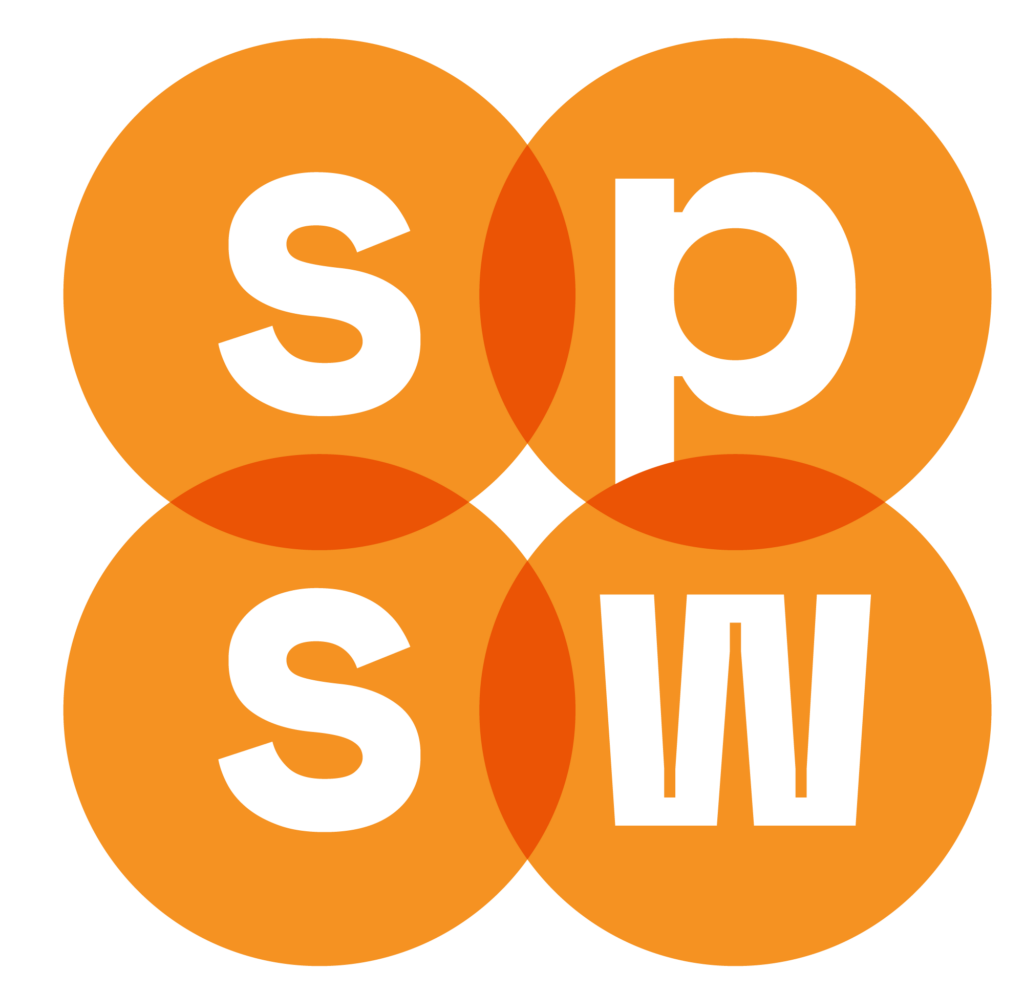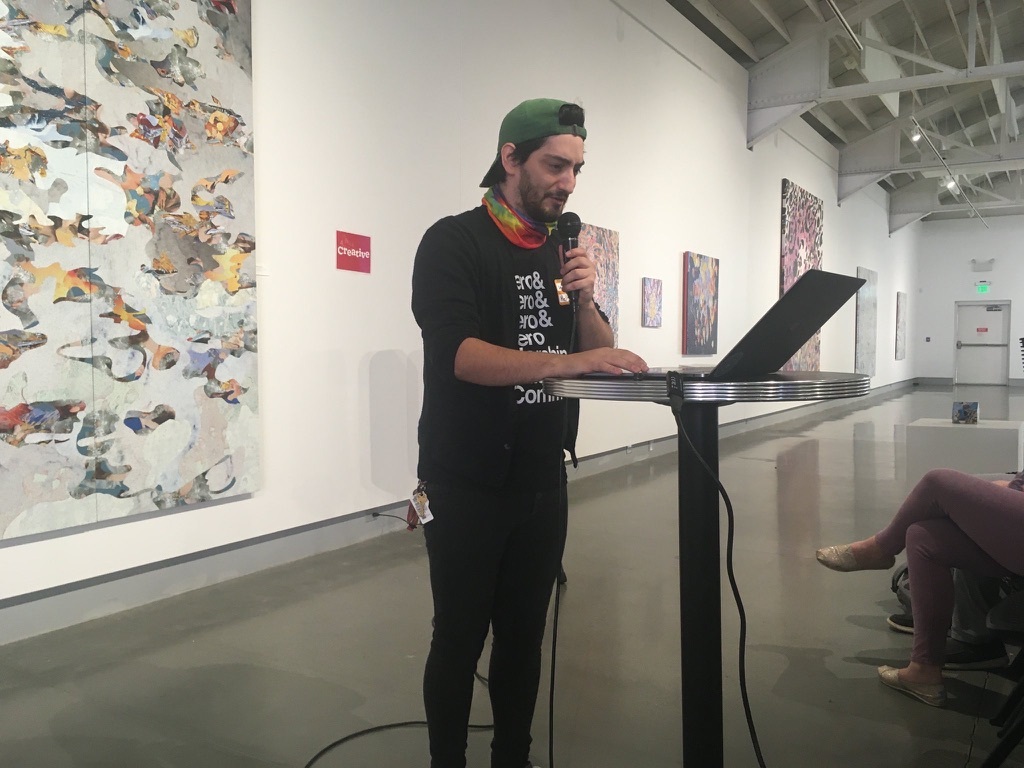The ScoutPro Corn iPad app can help a grower or consultant identify many types of weeds, insects, crop diseases and disorders.
 Historically, if farmers wanted to check their crops for insects or disease, it was a tedious, inaccurate process. They would carry a couple of guidebooks, hundreds of pages each, to try and identify what they saw, recording observations with handwritten notes and sketches of the field.
Historically, if farmers wanted to check their crops for insects or disease, it was a tedious, inaccurate process. They would carry a couple of guidebooks, hundreds of pages each, to try and identify what they saw, recording observations with handwritten notes and sketches of the field.
After completing a crop scouting internship in rural Iowa, Michael Koenig (left) decided to change that.
“Crop scouting is kind of cumbersome, and just not fun,” Koenig said, “we wanted to make the process a little easier to manage.”
ScoutPro, the website and app Koenig and his team created, is being beta tested this season in seven Midwestern states, including Iowa and Nebraska.
The senior in agriculture education at Iowa State University first pitched the idea as part of an agricultural entrepreneurship class in the fall of 2010. When he won the in-class competition, he was encouraged to keep going.
“Ideas are many, but those who can execute the idea are few,” said Kevin Kimle, director of the agriculture entrepreneurship institute at Iowa State and Koenig’s former professor, praising the students’ determination. “They are on the front edge of innovation on the whole agriculture-GPS sphere.”
Two of Koenig’s competitors in the entrepreneurship class, Holden Nyhus and Stuart McCulloh, would later join his team as vice president of research and development and vice president of sales, respectively, along with a chief creative officer and chief technology officer. Koenig said his team has been putting full-time hours into the project, but working around class schedules and other committments.
Starting with iPad apps
ScoutPro has released four iPad apps focusing on two crops, corn and soybean. The apps retail at $29.99 each, a cost that reflects their high-end features: detailed identification tools, automatic record keeping and GPS mapping, and field-specific reports. The cost also covers licensing and royalty fees for Iowa State’s dichotomy guides, which are the basis of the identification program.
ScoutPro also has a paid web service that offers additional record-keeping tools to help with decision making. The product is only currently avaliable to consultants.
“They are on the front edge of innovation on the whole agriculture-GPS sphere.” – Kevin Kimle, Iowa State University
Though other crop identification programs are being developed, such as a soybean aphid tracker developed at University of Nebraska-Lincoln, Koenig said none of them include all the functions that ScoutPro offers: mapping, identification and record-keeping. “Right now we are setting the standard for how scouting can be done using apps and we intend to keep it that way,” Koenig said.
ScoutPro hopes to release Android apps within the next week, Koenig said, but an iPhone app isn’t slated until 2013. They targeted tablets first because of the display options and their users’ comfort level with technology.
“The agriculture industry is a huge industry, but it’s a small world,” Koenig said, noting that many farmers will rely on word of mouth about a product before making an investment in their business. He said five years ago, many farmers wouldn’t even check email regularly, but the industry is learning to embrace technology.
Growing in Iowa

The ScoutPro team has worked to raise their visibility through contests and trade shows.
Fresh out of the entrepreneurship class, ScoutPro went on to the Pappajohn New Venture Business Plan competition in spring 2011. Competing against student teams from across the state, they took the top prize of $5,000. (Pictured, left to right, Nyhus, McCulloh and Koenig after the competition.)
Koenig said it was an exciting moment, because even though they only had non-working prototypes, the judges kept trying to push buttons and interact with the app. From there, they started development.
The group, in conjunction with Iowa State University, later received a $25,000 grant from the Iowa Soybean Association to continue research and development.
By fall 2011, they were ready to show off the app and network with potential clients at the Farm Progress Show.
Taking on the world
Koenig said he would like to see the service go international in the future, because the intuitive interface could be useful in less developed farming countries like Brazil and Argentina.
They also hope to create apps for wheat, canola and sunflower. Koenig said that their system can be modified to use any dichotomy, so a high number of different types of guides would be possible.
And eventually, Koenig said, they would like to automate other parts of the agriculture industry, beyond scouting.
Here’s a ScoutPro promotional video providing an overview of its product.
Credits: Screenshot from ScoutPro in the App Store. Koenig photo from ScoutPro.org. Competition photo from Iowa State News service. Video from ScoutPro on YouTube.




